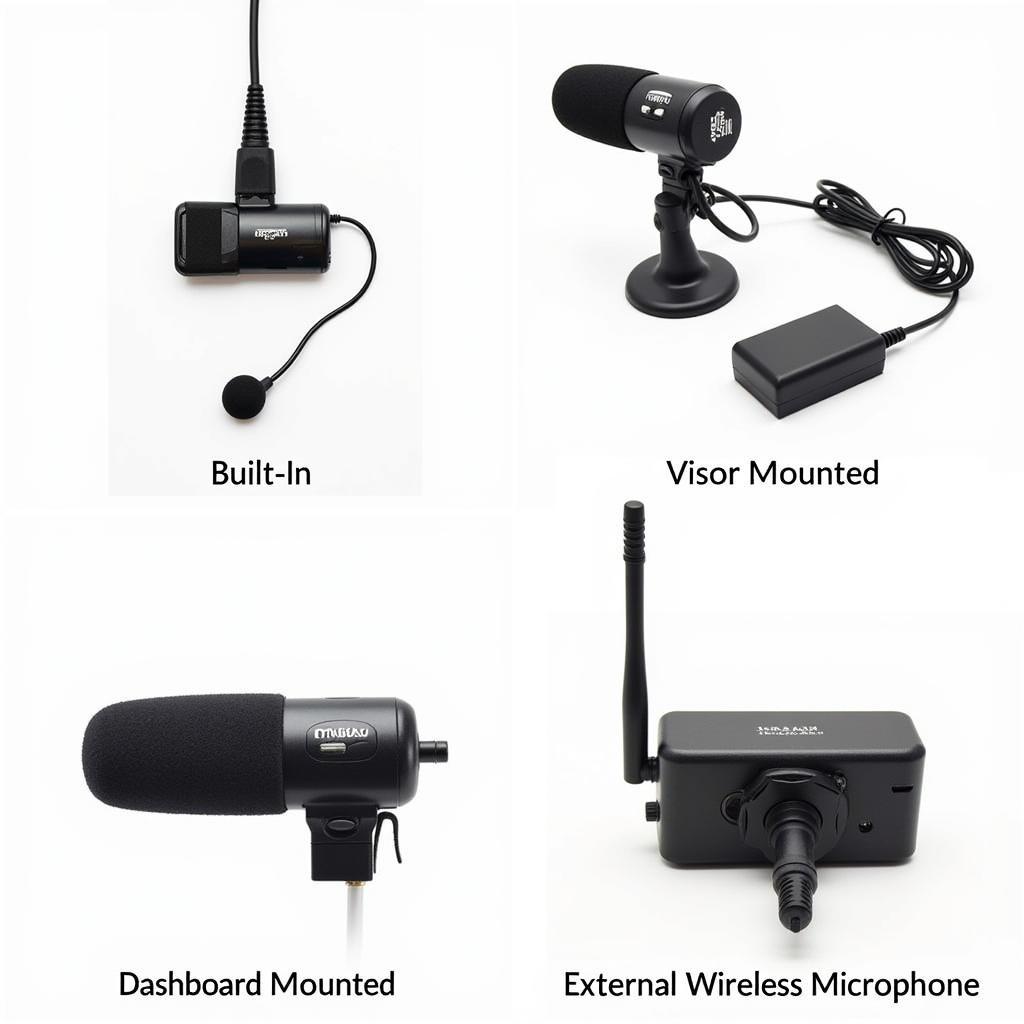Battery drain, specifically caused by a parasitic draw, can be a frustrating and perplexing issue for car owners. This guide dives deep into parasitic draw testing, providing you with the knowledge and steps to diagnose and resolve this common automotive electrical problem.
If your car battery died overnight, a parasitic draw might be the culprit. This occurs when one or more electrical components continue to draw power even when the vehicle is off, slowly draining the battery over time. Identifying and eliminating these phantom power drains is crucial for maintaining a healthy battery and ensuring your vehicle starts reliably.
Understanding Parasitic Draw
A parasitic draw, also known as a “key-off” drain, is a small but constant current draw from the battery when the vehicle’s ignition is off. This can range from a few milliamps to several amps, with even small draws capable of draining a battery over several days, especially in colder climates. While a certain level of current draw is normal to maintain systems like the car’s computer memory and security system, excessive draw points to a malfunctioning component or wiring issue. Knowing how to perform a parasitic draw test is essential to pinpoint the source of the drain.
Similar to a car battery died overnight, a parasitic draw can be difficult to diagnose without the proper tools and techniques.
Performing a Battery Drain Parasitic Draw Test
Testing for a parasitic draw requires a few tools, primarily a digital multimeter capable of measuring DC current (amps). Here’s a step-by-step guide on how to conduct the test:
- Safety First: Disconnect the negative battery cable. This prevents any accidental short circuits during the test.
- Meter Setup: Set your multimeter to measure DC amps, typically in the 10A or 20A range initially. Later, you may need to switch to a milliamp range for more precise measurements.
- Connect the Multimeter: Connect the red lead of the multimeter to the negative battery terminal and the black lead to the negative battery cable. The multimeter is now acting as part of the circuit, measuring the current flow.
- Initial Reading: Observe the initial reading on the multimeter. This will indicate the total current draw. A reading higher than 50mA (0.05A) generally indicates an excessive parasitic draw.
- Isolate the Circuits: Begin systematically removing fuses one at a time, observing the multimeter reading after each removal. A significant drop in the current draw indicates the circuit containing the faulty component.
- Pinpoint the Culprit: Once you’ve identified the circuit, consult your vehicle’s wiring diagram to determine which components are part of that circuit. You’ll need to test each component individually to find the specific source of the draw.
Common Causes of Parasitic Draw
Several components can contribute to a parasitic draw. Some of the most common culprits include:
- Interior Lights: A faulty door switch or glove box light can cause continuous power drain.
- Faulty Alternator: While less common, a failing alternator can drain the battery even when the car is off.
- Audio System: Aftermarket stereo installations can sometimes create parasitic draws if wired incorrectly.
- Alarm System: Problems with the car alarm system can lead to continuous power consumption.
- Clock and Radio: While they draw a small amount of power normally, a malfunction can increase this draw significantly.
This is similar to the experience some drivers have when their battery dies overnight no parasitic draw, highlighting the importance of thorough diagnosis.
Tips for Accurate Testing
- Wait for Modules to Sleep: After turning off the ignition, wait for at least 30 minutes before starting the test. This allows the vehicle’s computer and other modules to go into a low-power sleep mode, providing a more accurate baseline reading.
- Check for Aftermarket Accessories: Aftermarket accessories, especially those installed improperly, can be a significant source of parasitic draw.
- Consult Wiring Diagrams: Using a wiring diagram specific to your vehicle model is essential for accurately identifying the circuits and components involved.
Advanced Diagnostic Techniques
For particularly elusive parasitic draws, more advanced techniques may be necessary. These include using a thermal imaging camera to identify hot spots in the wiring harness, indicating excessive current flow, and employing specialized diagnostic software to monitor module activity and identify abnormal power consumption.
“In my years as an automotive electrical specialist, I’ve found that meticulous attention to detail and a systematic approach are key to effectively diagnosing and resolving parasitic draws,” says John Smith, Senior Automotive Electrical Engineer at Acme Auto Electric.
Conclusion
Battery drain parasitic draw testing is a crucial skill for any car owner or technician. By following the steps outlined in this guide and understanding the common causes of parasitic draws, you can effectively diagnose and resolve this frustrating issue, ensuring your vehicle starts reliably every time. Don’t let a parasitic draw leave you stranded with a dead battery. Take control and keep your car running smoothly.
If you’re facing a situation where your mini increased battery discharge or if your car wont start after new battery, this guide can offer some helpful insights.
“Remember that a small parasitic draw can become a big problem over time. Addressing it promptly prevents further battery damage and ensures reliable starting,” adds Maria Garcia, Lead Automotive Technician at Efficient Auto Repairs.
Similar to issues such as an innova crysta battery problem, identifying the root cause of the problem is crucial for long-term solutions.


